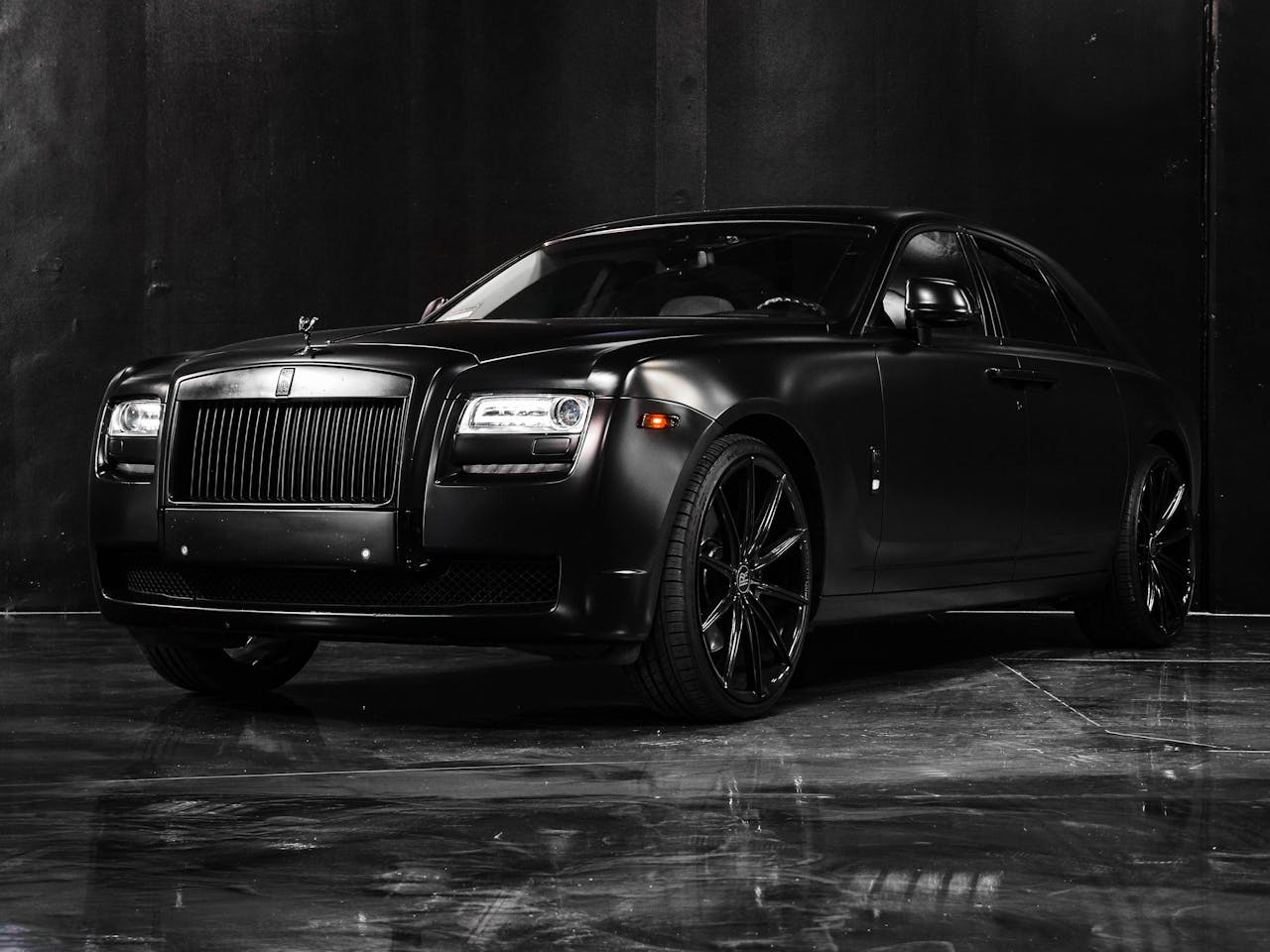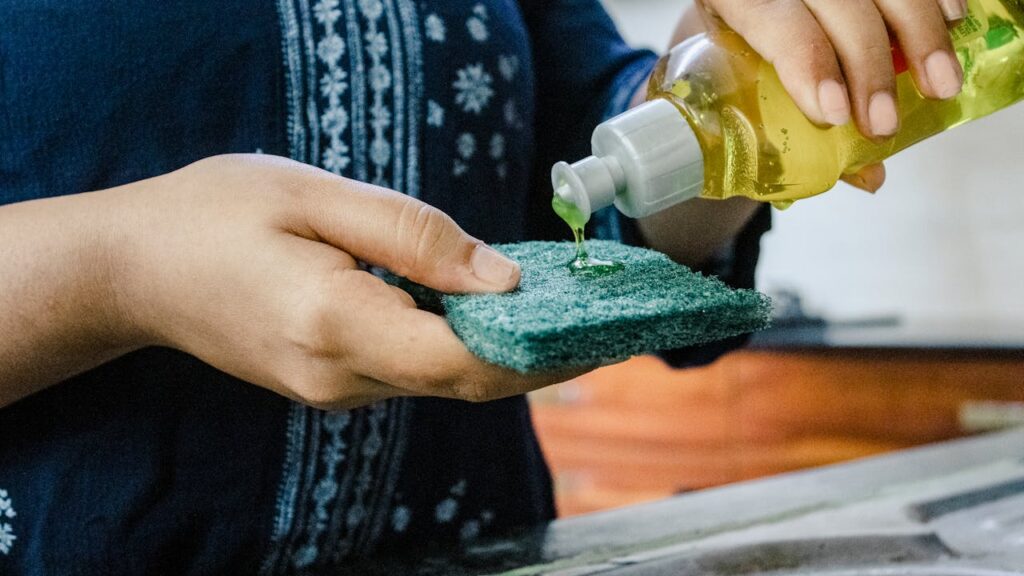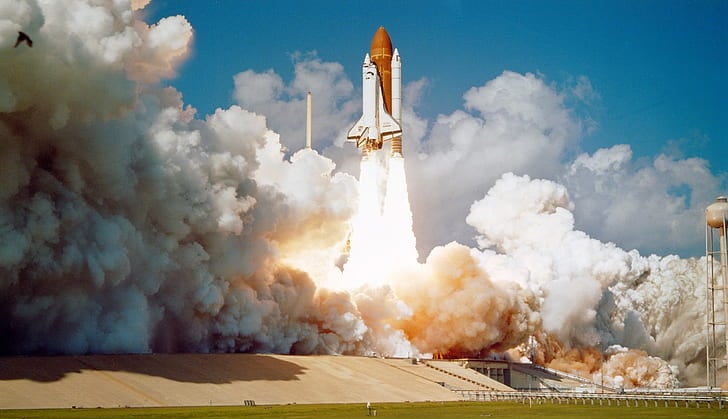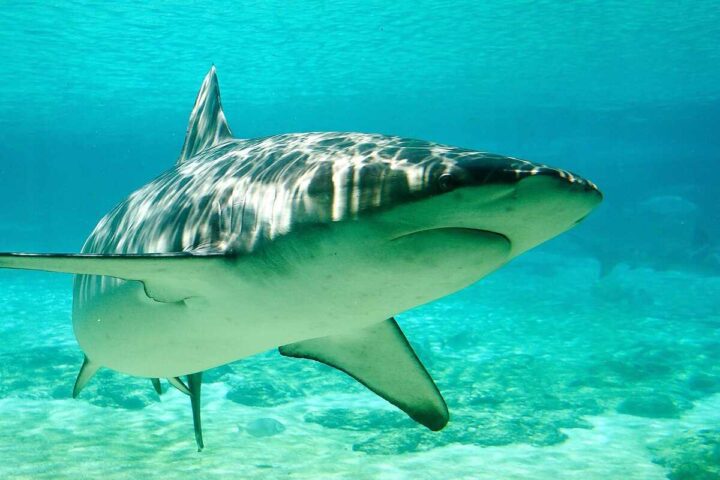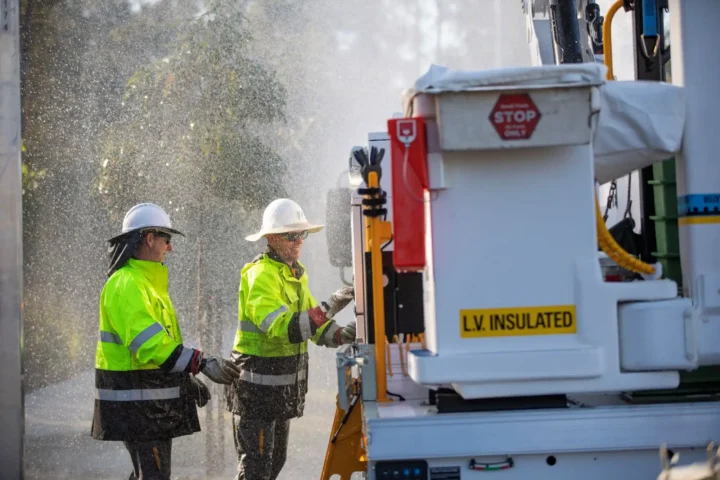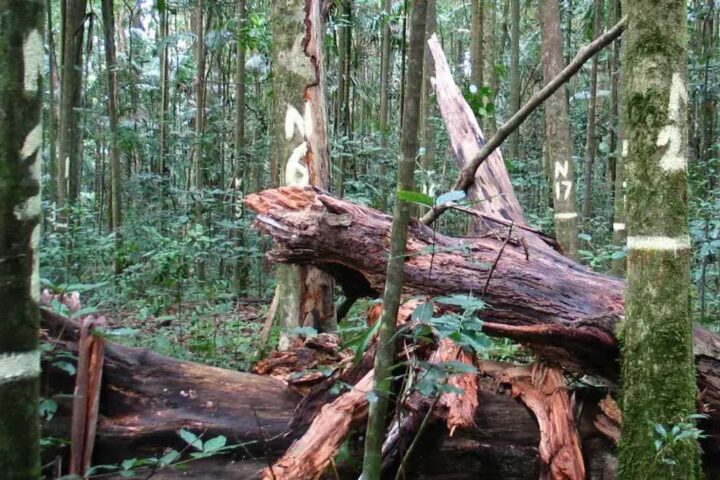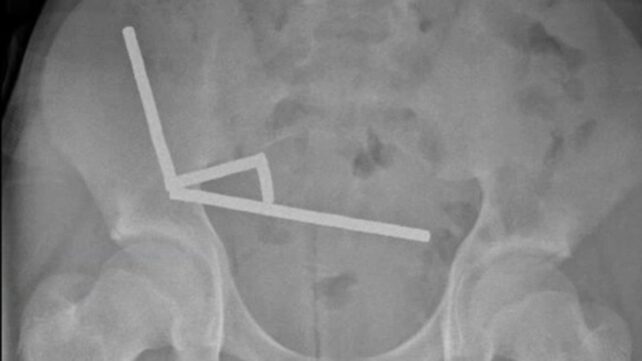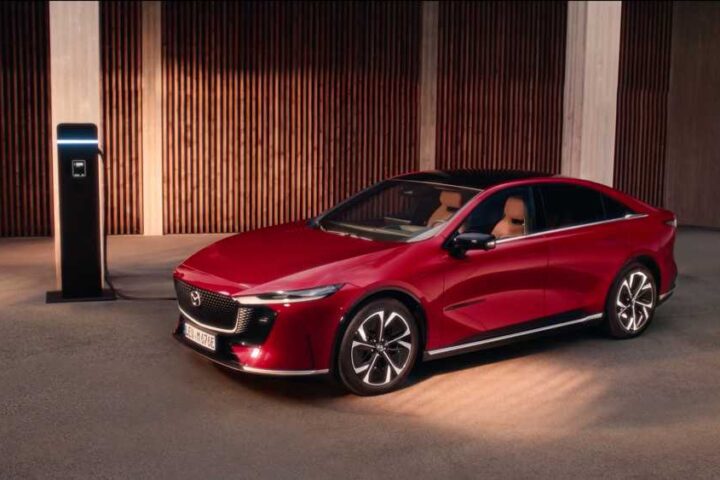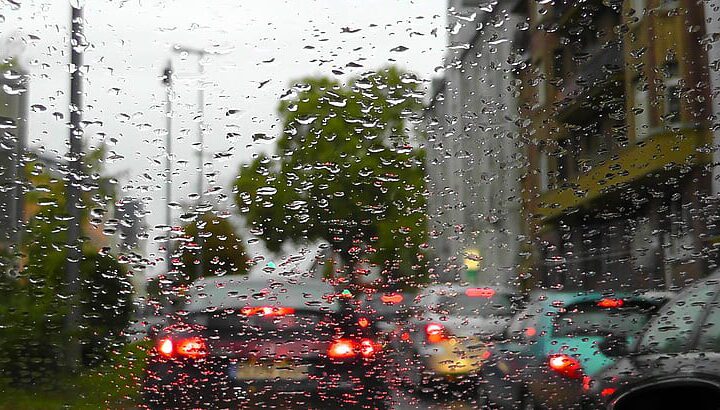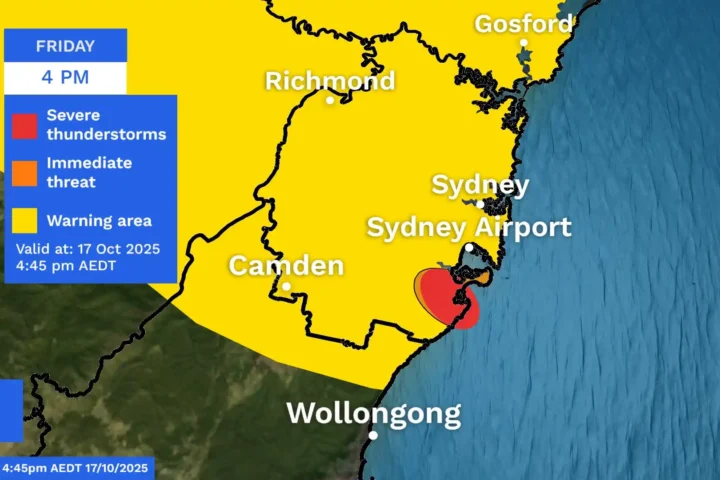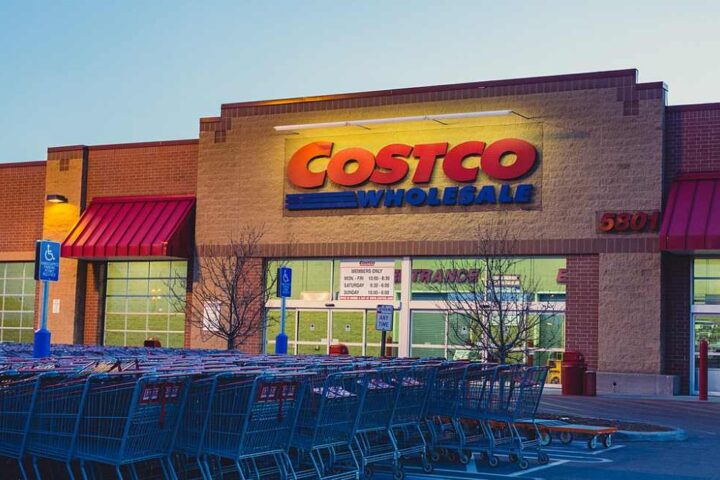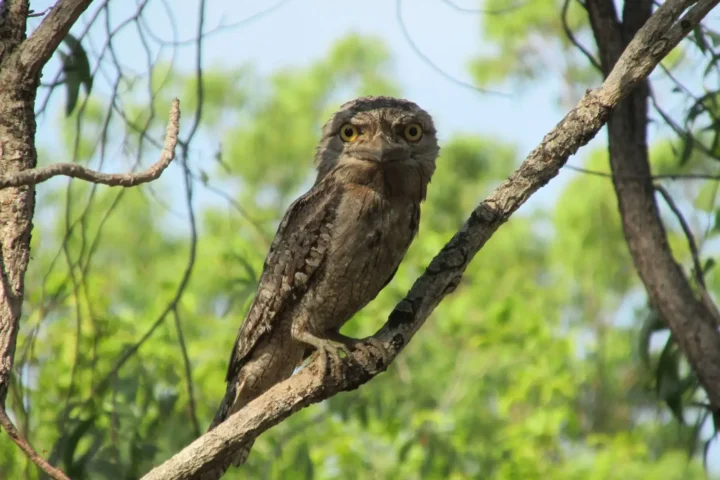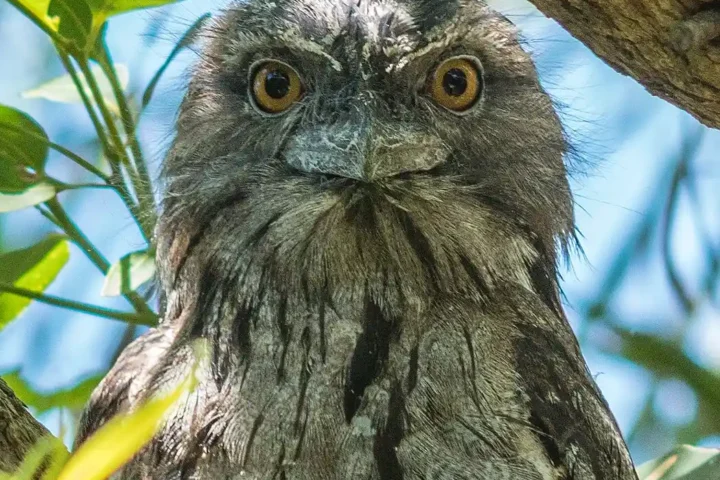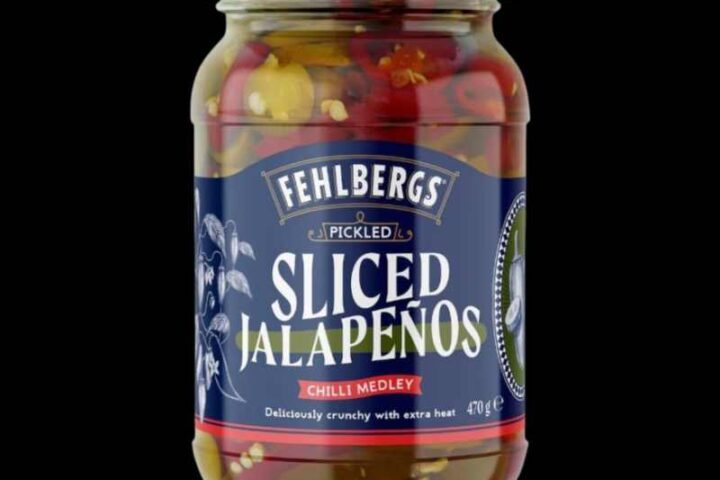Tax Cut Could Save Buyers $10,000 While Opening EU Markets for Farmers
Australia’s Luxury Car Tax (LCT) currently applies at 33¢ for every dollar above thresholds of $80,567 (standard) or $91,387 (fuel-efficient vehicles), generating $1.2 billion in federal revenue each year. Created in 2001 to shield our then-booming local auto manufacturing—obsolete since major plant closures in 2016–17 —it has drawn fire from industry groups and tax experts.
The Australian Automotive Dealer Association (AADA) backs abolition to spur uptake of safer, cleaner vehicles .
Car buyers stand to benefit if talks prevail: analysis suggests savings exceeding $10,000 on a $120,000 luxury model . However, the New Vehicle Efficiency Standard (NVES) comes into force on 1 July 2025, with penalties possibly offsetting gains .
Similar Posts
“NVES fines could reach $2.8 billion by 2029, adding up to $4,574 per vehicle if passed on to consumers,” warns the Motor Trades Association .
Constitutional questions loom: Victoria and Queensland impose their own “luxury” levies, which legal experts say may breach Section 90 of the Constitution and threaten any EU deal if deemed equivalent barriers .
Trade Minister Don Farrell is negotiating deeper access for wheat, beef, wine and dairy into Europe’s 450 million-strong market. Australia’s $2.5 billion in annual wine exports and $182 million of beef (6,772 t) sent to the EU last year stand to gain.
European Commission Executive VP Thierry Breton has urged the EU to “assert its weight” in these talks .
The 2009 Henry Tax Review recommended phasing out the LCT, calling it distortionary and inefficient . ATO data show a net LCT “tax gap” of just 6.1% ($61 million) in 2021–22—collecting 93.9% of liabilities—underscoring strong compliance .

Treasurer Jim Chalmers has floated broader reform—like a road-user or carbon-based levy—to replace narrow excises and align revenue with environmental goals .
Negotiations (begun 2018, collapsed over beef quotas in 2023, resumed early 2025) may not conclude until 2027, leaving both car buyers and farmers in limbo .
